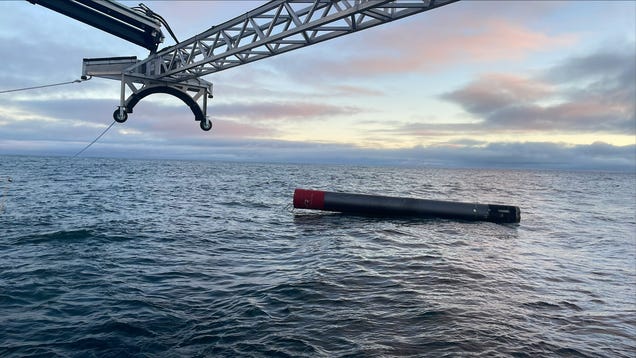
Rocket Lab kicked off the year with the launch and recovery of its Electron rocket as part of the company’s continued efforts to reuse its small launch vehicle’s first stage.

Rocket Lab kicked off the year with the launch and recovery of its Electron rocket as part of the company’s continued efforts to reuse its small launch vehicle’s first stage.
Shandong-based Orienspace pulled off its first-ever launch, breaking the record for the largest payload capacity on a commercial rocket for China’s growing space industry.
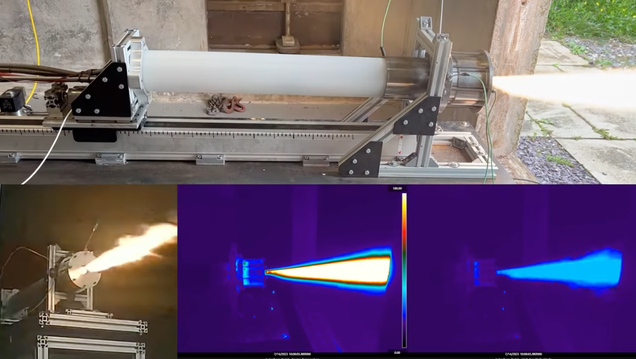
A new rocket is designed for its own destruction, eating itself as it makes its way through Earth’s atmosphere to power its journey.
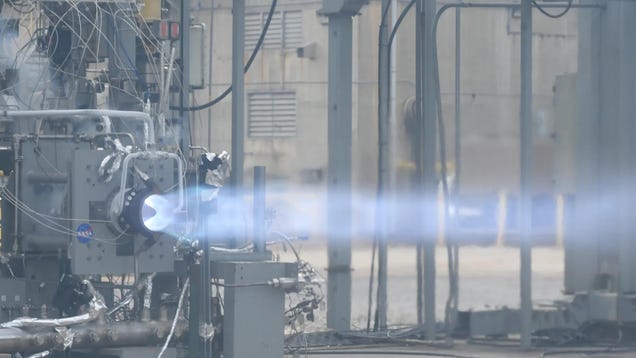
NASA just put its new propulsion system to the test, powering a 3D-printed rotating detonation rocket engine for a sustained burn that lasted three times as long as the first test.
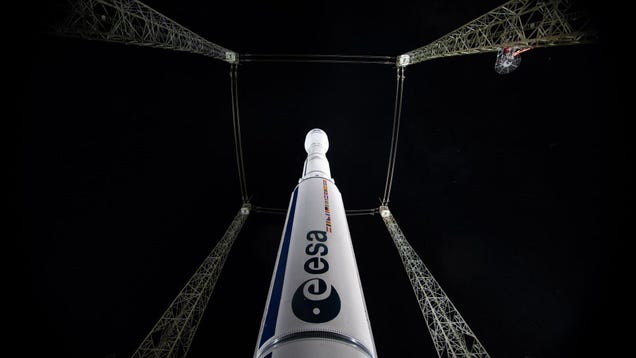
The final mission of the European Space Agency’s Vega rocket has encountered a bizarre setback. Key propellant tanks required for its last flight were found damaged in a landfill, jeopardizing the scheduled 2024 launch.
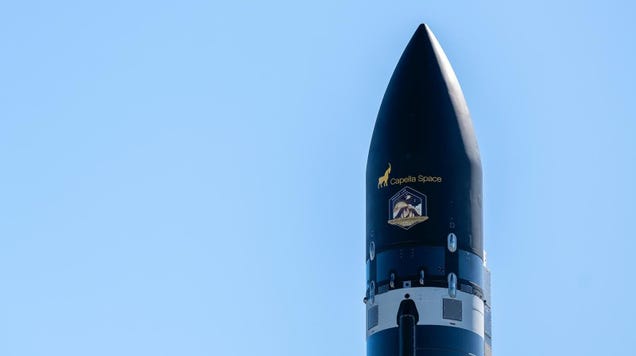
Following an in-flight anomaly during an Electron launch in September, Rocket Lab has been granted FAA authorization to resume its launch operations, with an anticipated return this quarter.
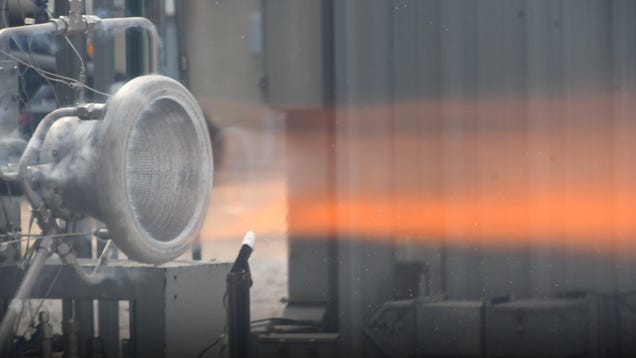
In order to be able to carry heavier payloads through deep space, NASA designed a lightweight rocket engine nozzle made of aluminum that can still withstand the heat of launches.

Supporting himself with a cane, Michael Rooker still managed to grab hold of the spotlight on stage at New York Comic Con along with his fellow stars of